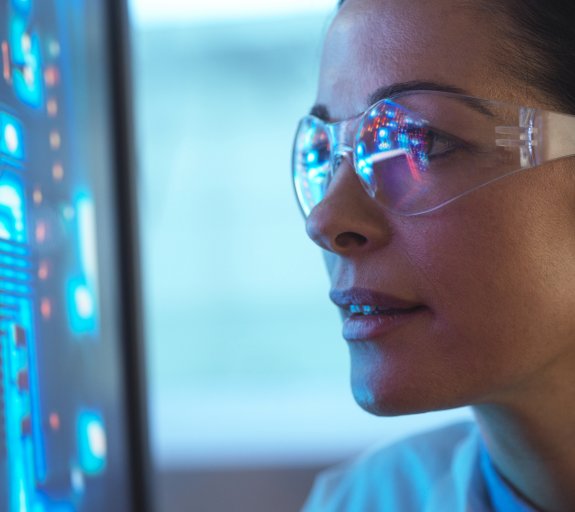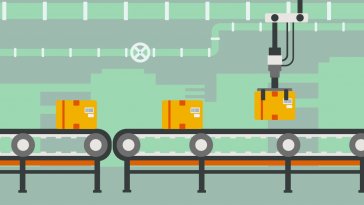
Robotech Stories: Identify opportunities with surgical precision
Companies and investors alike are gaining an appreciation of the increasingly sophisticated and scalable solutions offered by robotics, particularly within distribution and manufacture. Yet, the benefits of accelerating developments within the wider robotech universe are also penetrating exciting new sectors, such as healthcare. This is not a new concept; the first robotic surgical operation on a human took place in 1985, when the Programmable Universal Machine for Assembly 200, or PUMA, performed a neurosurgical biopsy, and was rapidly adapted for orthopaedic functions1. Development of surgical robotics continued into the 1990s and beyond, as the potential for robots to not only perform operations, but to do so better, and with more precision, than a human counterpart began to materialise. This potential expanded further as the ability to control surgical robots remotely emerged with the development of robotic arms, capable of both carrying out surgery, and operating as assistants to human surgeons.
- {https://www.ncbi.nlm.nih.gov/pmc/articles/PMC10683436/;The history of robotic surgery and its evolution: when illusion becomes reality}
Disclaimer
This marketing communication does not constitute on the part of AXA Investment Managers a solicitation or investment, legal or tax advice. This material does not contain sufficient information to support an investment decision.
Due to its simplification, this document is partial and opinions, estimates and forecasts herein are subjective and subject to change without notice. There is no guarantee forecasts made will come to pass. Data, figures, declarations, analysis, predictions and other information in this document is provided based on our state of knowledge at the time of creation of this document. Whilst every care is taken, no representation or warranty (including liability towards third parties), express or implied, is made as to the accuracy, reliability or completeness of the information contained herein. Reliance upon information in this material is at the sole discretion of the recipient. This material does not contain sufficient information to support an investment decision.
Issued in the UK by AXA Investment Managers UK Limited, which is authorised and regulated by the Financial Conduct Authority in the UK. Registered in England and Wales No: 01431068. Registered Office: 22 Bishopsgate London EC2N 4BQ
In other jurisdictions, this document is issued by AXA Investment Managers SA’s affiliates in those countries.
Risk warning
No assurance can be given that our investment strategies will be successful. Investors can lose some or all of their capital invested. Our strategies are subject to specific risks including, but not limited to: equity; emerging markets; global investments; investments in small and micro capitalisation universe; investments in specific sectors or asset classes, volatility risk, liquidity risk, credit risk, counterparty risk, derivatives risk, legal risk, valuation risk, operational risk and risks related to the underlying assets. Some strategies may also involve leverage, which may increase the effect of market movements on the portfolio and may result in significant risk of losses.




